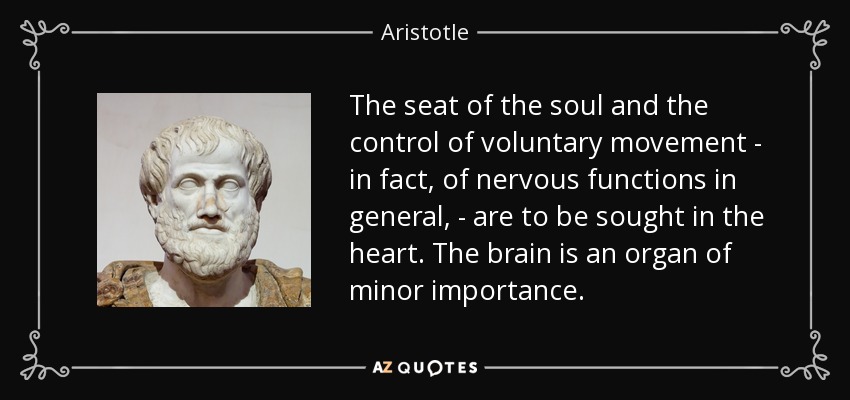Week 7: Neuroscience + Art
April 19, 2023
I appreciate the way last week we explored concepts related to the body and this week we explored how artists play with the separation of mind and body. When Professor Vesna taught about the historical progression of how we understand our brain, I thought it was most interesting that Aristotle thought that all thinking took place in the heart (Vesna, 2:58). As humans, we put so much emotional emphasis on the parts of our bodies.
“Cocaine: How ‘miracle Drug’ Nearly Destroyed Sigmund Freud, William Halsted.” PBS, 17 Oct. 2011, www.pbs.org/newshour/show/cocaine-how-miracle-drug-nearly-destroyed-sigmund-freud-william-halsted.
Communications, NYU Web. “Beautiful, Surreal Drawings of the Brain by the Father of Modern Neuroscience.” NYU, 5 Mar. 2018, www.nyu.edu/about/news-publications/news/2018/march/beautiful--surreal-drawings-of-the-brain-by-the-father-of-modern.html#:~:text=%22The%20Beautiful%20Brain%22%20at%20NYU’s,benefits%20of%20modern%20medical%20imaging.
Vesna, Victoria. “Consciousness/Memory.” Canvas, 16 May 2012, https://bruinlearn.ucla.edu/courses/160989/pages/unit-7-view?module_item_id=5946342.
Vesna, Victoria. “Neuroscience PT2.” YouTube, 16 May 2012, www.youtube.com/watch?time_continue=153&v=E5EX75xoBJ0&embeds_referring_euri=https%3A%2F%2Fbruinlearn.ucla.edu%2Fcourses%2F160989%2Fpages%2Funit-7-view%3feature=emb_logo.
Vesna, Victoria. “Neuroscience PT3.” YouTube, 16 May 2012, www.youtube.com/watch?time_continue=153&v=E5EX75xoBJ0&embeds_referring_euri=https%3A%2F%2Fbruinlearn.ucla.edu%2Fcourses%2F160989%2Fpages%2Funit-7-view%3Fmodule_item_id%3D5946342&source_ve_path=Mjg2NjMsMjg2NjY&feature=emb_logo.




Hi Sydney! I really enjoy how you highlighted the depiction of neurons in your post. I also really enjoyed that part of lecture and how artistic they look. Also I agree that the points that were highlighted this week about Freud were a bit strange.
ReplyDelete